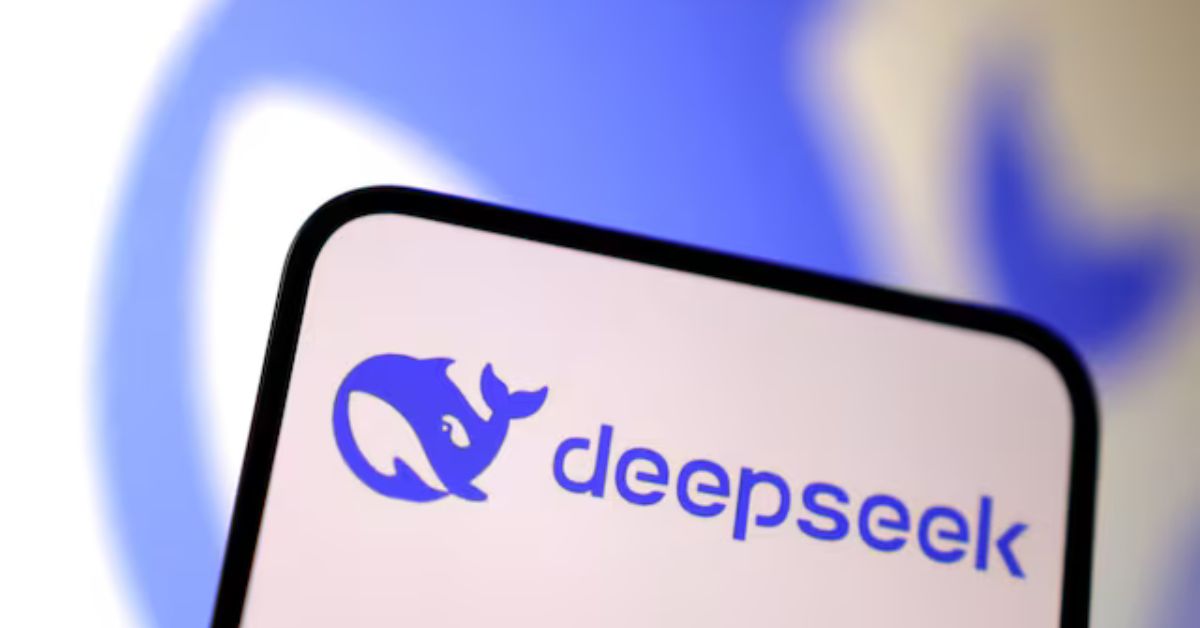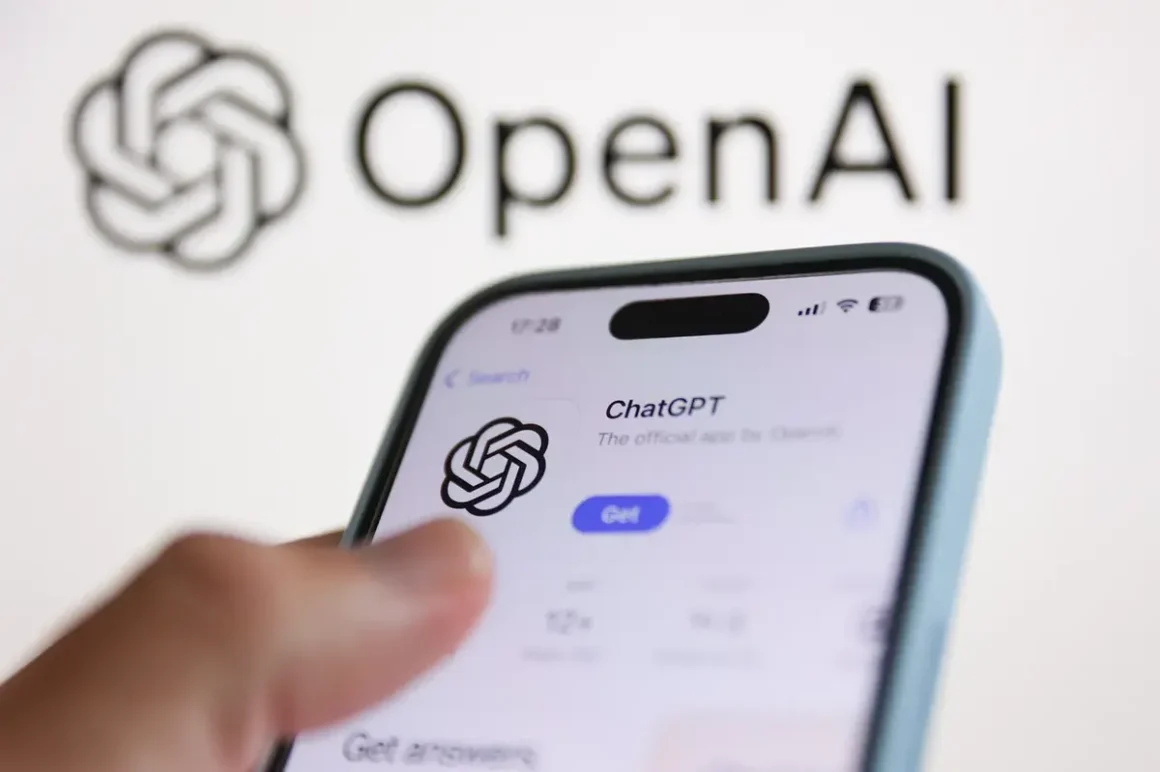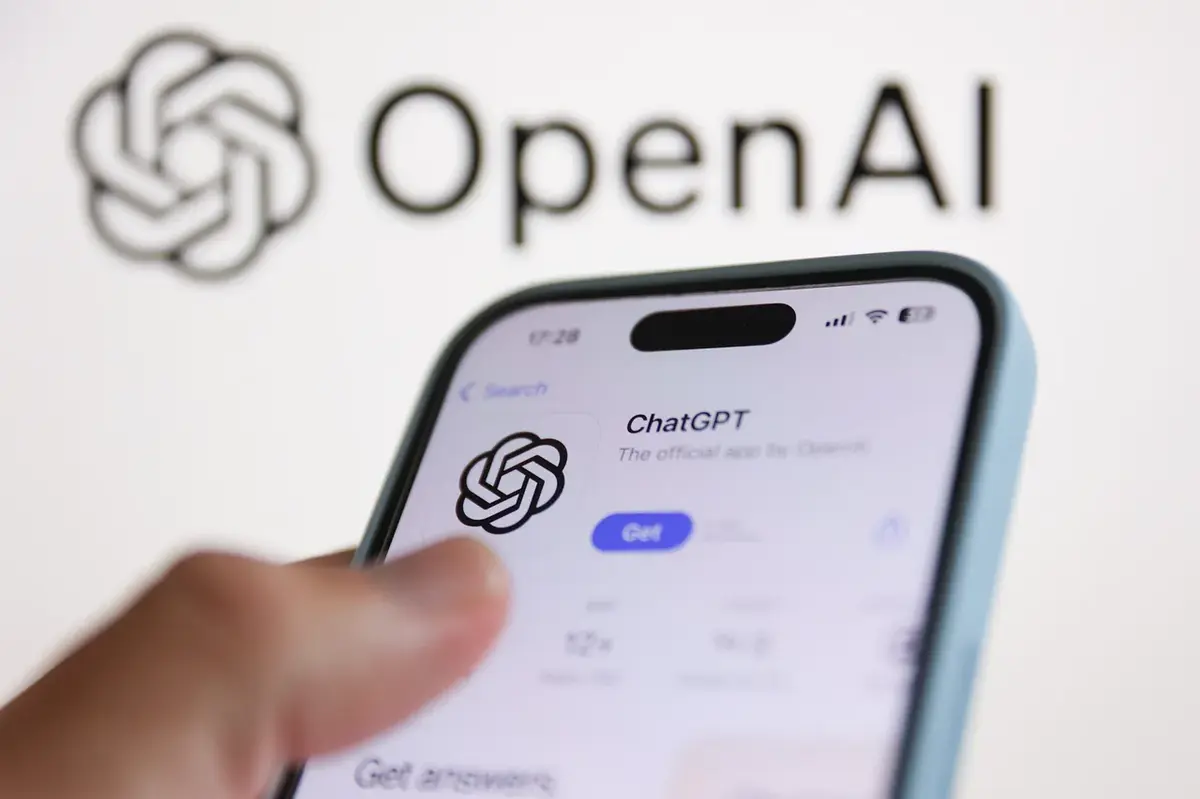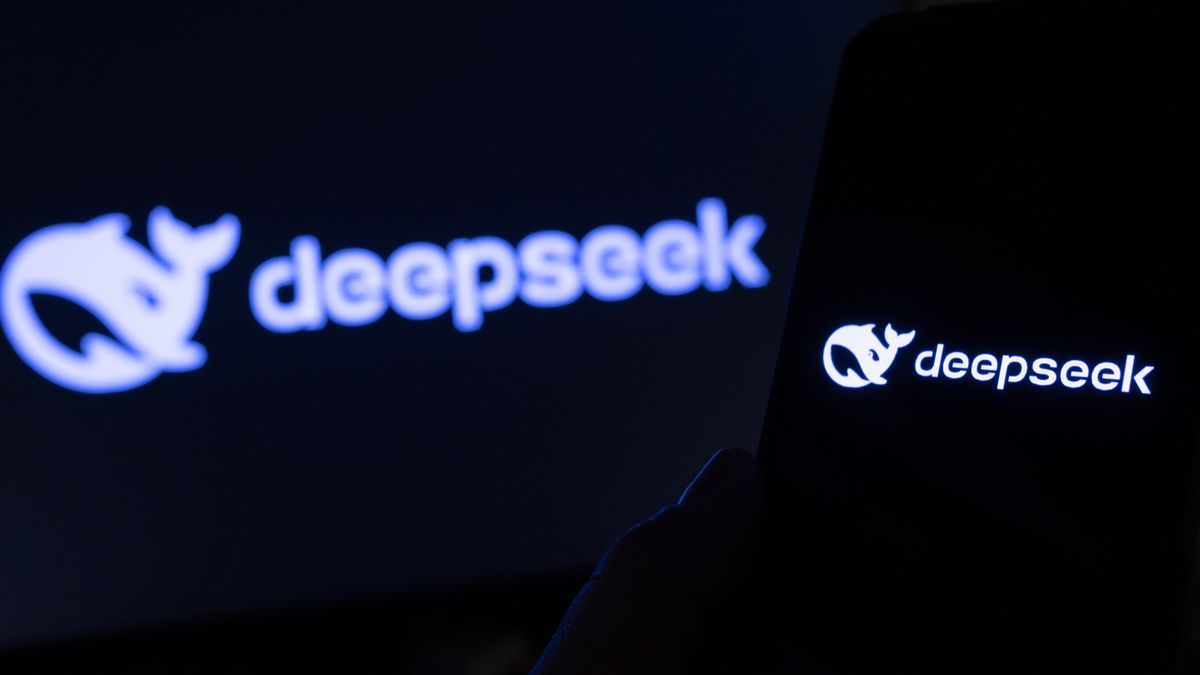DeepSeek, a rising star in the AI landscape, has quickly become a key player challenging the dominance of Nvidia and ChatGPT.
The startup’s impressive journey is not just about technology—it’s also about finance, geopolitics, and the global power struggle over AI innovation.
A Cheaper, Efficient AI Model
While giants like Nvidia and OpenAI dominate the AI scene, DeepSeek has managed to create cheaper, more efficient AI models with fewer resources.
Despite lacking the massive capital and technological advantages of its competitors, DeepSeek’s models, including its Janus-Pro, are making waves for their potential to outperform established models like Stable Diffusion and DALL-E 3.
Geopolitical and Financial Implications
DeepSeek’s rise is also closely tied to global dynamics—China’s influence in AI and U.S. export controls are key factors in this emerging competition.
The company’s R1 model, which is now available on platforms like Azure AI and GitHub, is stirring debates about AI’s future and the competitive landscape.
The AI Bubble?
With DeepSeek pushing the envelope, discussions are intensifying about whether we’re in an AI bubble.
OpenAI, Anthropic, and other industry players are keeping a close eye on DeepSeek’s advancements, but the question remains: Are all these technological advancements leading to meaningful progress, or is it just a flash in the pan?
The Vergecast Analysis
On a recent episode of The Vergecast, Nilay and David dove into the DeepSeek story from multiple angles. They discussed the company’s rapid rise, its innovative AI models, and what it means for competitors like OpenAI and Anthropic.
They also compared DeepSeek’s impact to past technology trends and reflected on whether the advancements are truly revolutionary.
In the end, DeepSeek is reshaping the AI narrative, but the long-term success of this new challenger remains to be seen.














